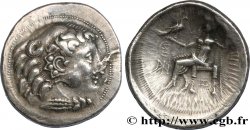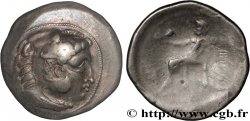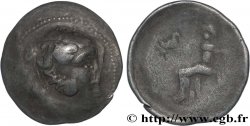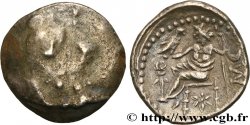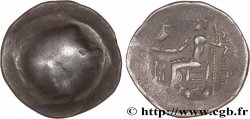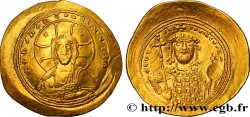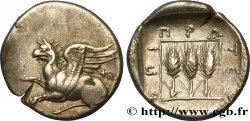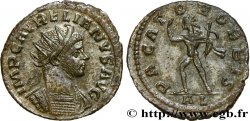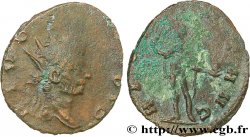Live auction - bgr_521901 - DANUBIAN CELTS - IMITATIONS OF THE TETRADRACHMS OF ALEXANDER III AND HIS SUCCESSORS Tétradrachme
You must signin and be an approved bidder to bid, LOGIN TO BID. Accounts are subject to approval and the approval process takes place within 48 hours. Do not wait until the day a sale closes to register. Clicking on "BID" constitutes acceptance of the terms of use of cgb.fr private live auctions.
Bids must be placed in whole Euro amounts only. The sale will start closing at the time stated on the item description; any bids received at the site after the closing time will not be executed. Transmission times may vary and bids could be rejected if you wait until the last second. For further information check the Live auction FAQ
All winning bids are subject to a 18% buyer’s fee.
All winning bids are subject to a 18% buyer’s fee.
| Estimate : | 550 € |
| Price : | no bid |
| Maximum bid : | no bid |
| End of the sale : | 05 March 2019 14:08:00 |
Type : Tétradrachme
Date: c. IIe siècle AC.
Mint name / Town : Atelier incertain
Metal : silver
Diameter : 27 mm
Orientation dies : 6 h.
Weight : 16,03 g.
Rarity : R2
Coments on the condition:
Exemplaire sur un flan bien centré des deux côtés. Belle tête d’Héraklès stylisée. Joli revers de style fin, de frappe un peu molle. Belle patine de collection ancienne avec des reflets dorés
Catalogue references :
Predigree :
Cet exemplaire provient du stock de Philippe Saive (Metz)
Obverse
Obverse legend : ANÉPIGRAPHE.
Obverse description : Tête d’Héraklès à droite avec une belle léonté.
Reverse
Reverse legend : LÉGENDE ILLISIBLE.
Reverse description : Zeus assis à gauche, tenant un aigle de la main droite et un sceptre long de la main gauche ; monogramme dans le champ à gauche et sous le trône.
Commentary
Imitation du type de Philippe III. Ce tétradrachme est parmi les premières imitations des Celtes de l’Est ; le droit sera rapidement stylisé et dégénéré jusqu’à présenter une masse informe.
Imitation of the type of Philip III. This tetradrachm is among the first imitations of the Eastern Celts; the law will be quickly stylized and degenerated until it presents a shapeless mass
Imitation of the type of Philip III. This tetradrachm is among the first imitations of the Eastern Celts; the law will be quickly stylized and degenerated until it presents a shapeless mass







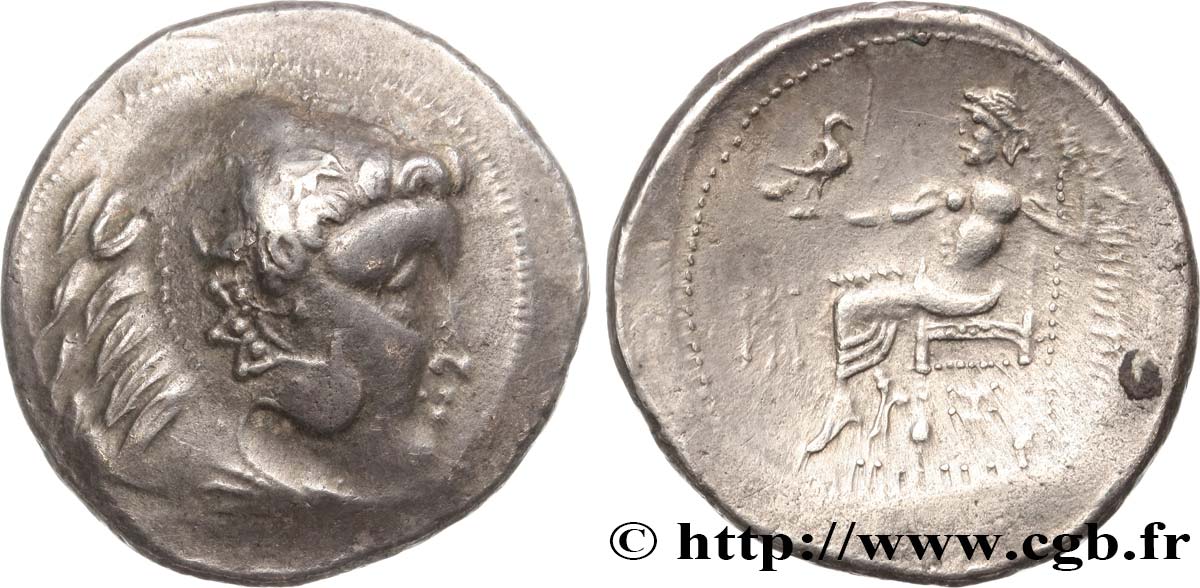
 Report a mistake
Report a mistake Print the page
Print the page Share my selection
Share my selection Ask a question
Ask a question Consign / sell
Consign / sell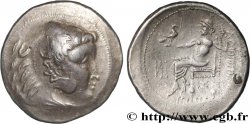
 Full data
Full data